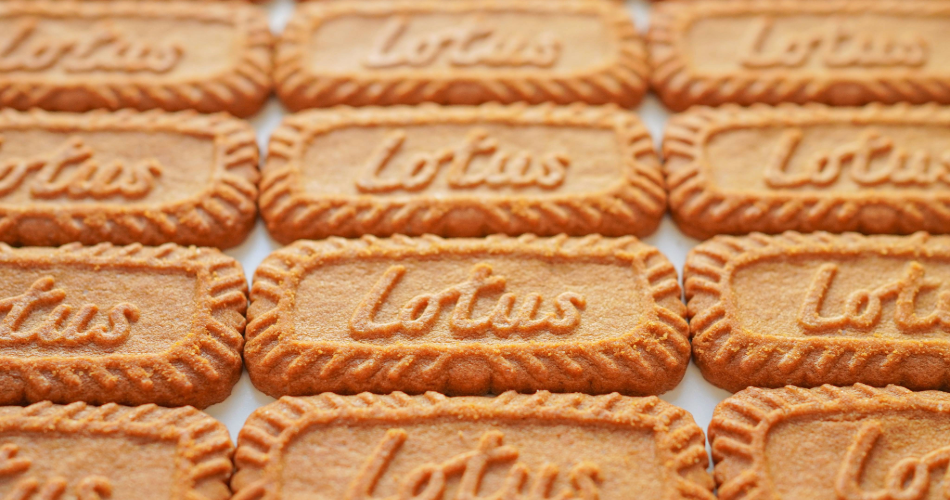
On 7 February 2025, the High Court of England and Wales issued a decision in Abbott v Sinocare [2025] EWHC 206 (Ch) finding that a registered 3D shape representing the on-body unit (OBU) of a continuous glucose monitoring (CGM) system is invalid and has not been infringed.
Background
The claimant, Abbott Diabetes Care Inc., develops, manufactures and sells CGM systems.
The defendants, Sinocare Inc, Sinocare Meditech Inc and Sannuo Health Management Co Ltd (together Sinocare), manufacture and sell rapid diagnostic test products, including CGM systems.
In 2022, Abbott registered the following 3D shape mark in the UK for “Sensor-based glucose monitors; continuous glucose monitoring systems” in class 10.
 Registration No. 3779922
Registration No. 3779922
The mark represents the OBU which houses the sensor component and transmission electronics used in Abbott’s CGM systems.
When Sinocare launched its CGM system in the UK in January 2024, the iCan i3 CGM system, Abbott brought a claim for trade mark infringement.
 iCan i3 CGM system
iCan i3 CGM system
Sinocare counterclaimed that the mark was invalidly registered, being devoid of distinctive character and consisting exclusively of characteristics of the goods which are necessary to obtain a technical result.
Lack of Distinctiveness
CGM systems work by inserting a small electrochemical sensor under the skin to measure glucose levels in the interstitial fluid around the cells. The CGM OBU collects data and sends it to a hand-held reader or compatible smart device.
 Assembled OBU
Assembled OBU
Abbott didn’t argue at trial that their registered mark was inherently distinctive. Instead, they argued that the mark had acquired distinctive character through use, i.e. consumers had come to see the mark as a trade mark based on the nature and extent of use made of the mark.
Evidence showed there were sales in excess of 25 million units in the UK to the end of 2023. Abbott argued that the OBU being Abbott’s only mark worn on the body made it unusual and often visible to others. A considerable volume of advertising featured the mark prominently on the body. UK marketing expenditure was in excess of US$50 million.
However, following a thorough review of the evidence submitted, the Court was not persuaded that use of the mark had been such as to educate consumers that the mark indicates trade origin.
“Abbott’s presentation of the Mark was as a product, the emphasis being on its functional aspects, with its traditional trade marks carrying the burden of badge of origin…
Although Abbott’s marketing and advertising activities were extensive, when it came to educating consumers that the circular shape of the OBU “means Abbott”, these fell well short”
Therefore, it was found that the mark had not acquired distinctive character by the relevant date and the registration was invalid as a result.
Characteristics Necessary to Obtain A Technical Result
Six different features of the shape were identified:

However, the Court had to determine which of these were essential characteristics, i.e. the most important elements of the mark, and whether all of those perform technical functions.
The Court found that features 1, 3, 4 and 6 are the essential characteristics of the shape and that these all perform a technical function. Therefore, the mark was found to consist exclusively of the shape of goods which is necessary to obtain a technical result.
Conclusion
As a result, the registered trade mark was found to be invalid on two different counts.
Furthermore, the Court stated that the infringement claim would have failed regardless because there was deemed to be no likelihood of confusion or risk of damage or unfair advantage. In particular, the Court noted that the OBU is likely to be covered by clothing when worn in public and therefore the chance of a relevant consumer seeing an OBU on another person’s body and becoming confused is remote. In other circumstances, such as marketing materials, a product name or other trade mark would be featured.
A claim to passing off also failed.
Comment
The shape of a product can be difficult to register as a trade mark, because consumers don’t typically see shape as indicating the origin of the goods. Unless the shape differs significantly from the norm, it is likely you will need to show acquired distinctive character. In those circumstances, you will need evidence which shows that the shape itself is being relied upon as a badge of origin, which is challenging when packaging features other distinctive elements like brand names or logos.
If a shape is particularly important to you, you should consider making some use of it without additional marks, and undertaking marketing activities which educate consumers to look out for the shape as meaning the product comes from you.
However, as in this case, there are other hurdles you may need to overcome, such as objections based on technical function. These are particularly common in the medical field. The example of Novartis’ transdermal patch registration was discussed in our article Non-traditional pharma trade marks: shapes.
In order not to fall foul of this ground of objection, the shape needs to have at least some features, which are still some of the most important features, which are not necessary to obtain a technical result.
Rebecca is a Partner and Chartered Trade Mark Attorney at Mewburn Ellis. She handles all aspects of trade mark work, with a particular focus on managing large trade mark portfolios, devising international filing and enforcement strategies, and negotiating settlements in trade mark disputes. Rebecca has extensive experience of trade mark opposition, revocation and invalidity proceedings before the UK Intellectual Property Office (UKIPO), including very complex evidence based cases. Rebecca also has a strong track record in overcoming objections raised to trade mark applications.
Email: rebecca.anderson@mewburn.com
Sign up to our newsletter: Forward - news, insights and features
Our people
Our IP specialists work at all stage of the IP life cycle and provide strategic advice about patent, trade mark and registered designs, as well as any IP-related disputes and legal and commercial requirements.
Our peopleContact Us
We have an easily-accessible office in central London, as well as a number of regional offices throughout the UK and an office in Munich, Germany. We’d love to hear from you, so please get in touch.
Get in touch

